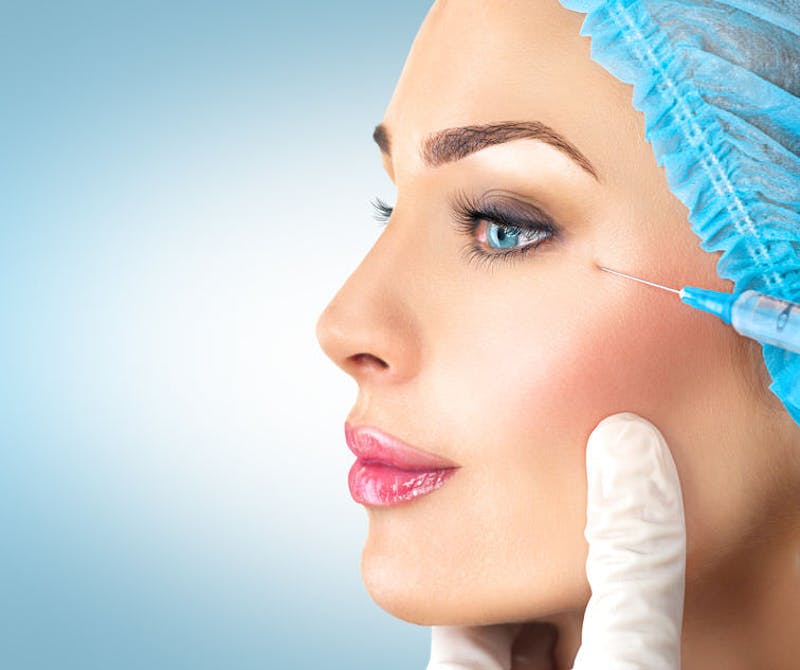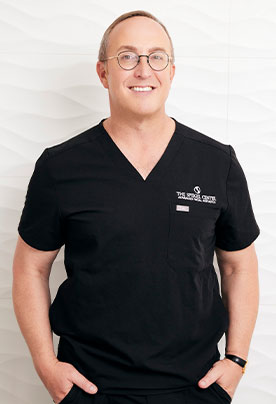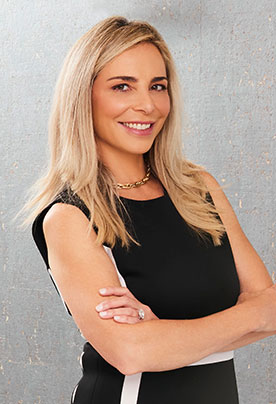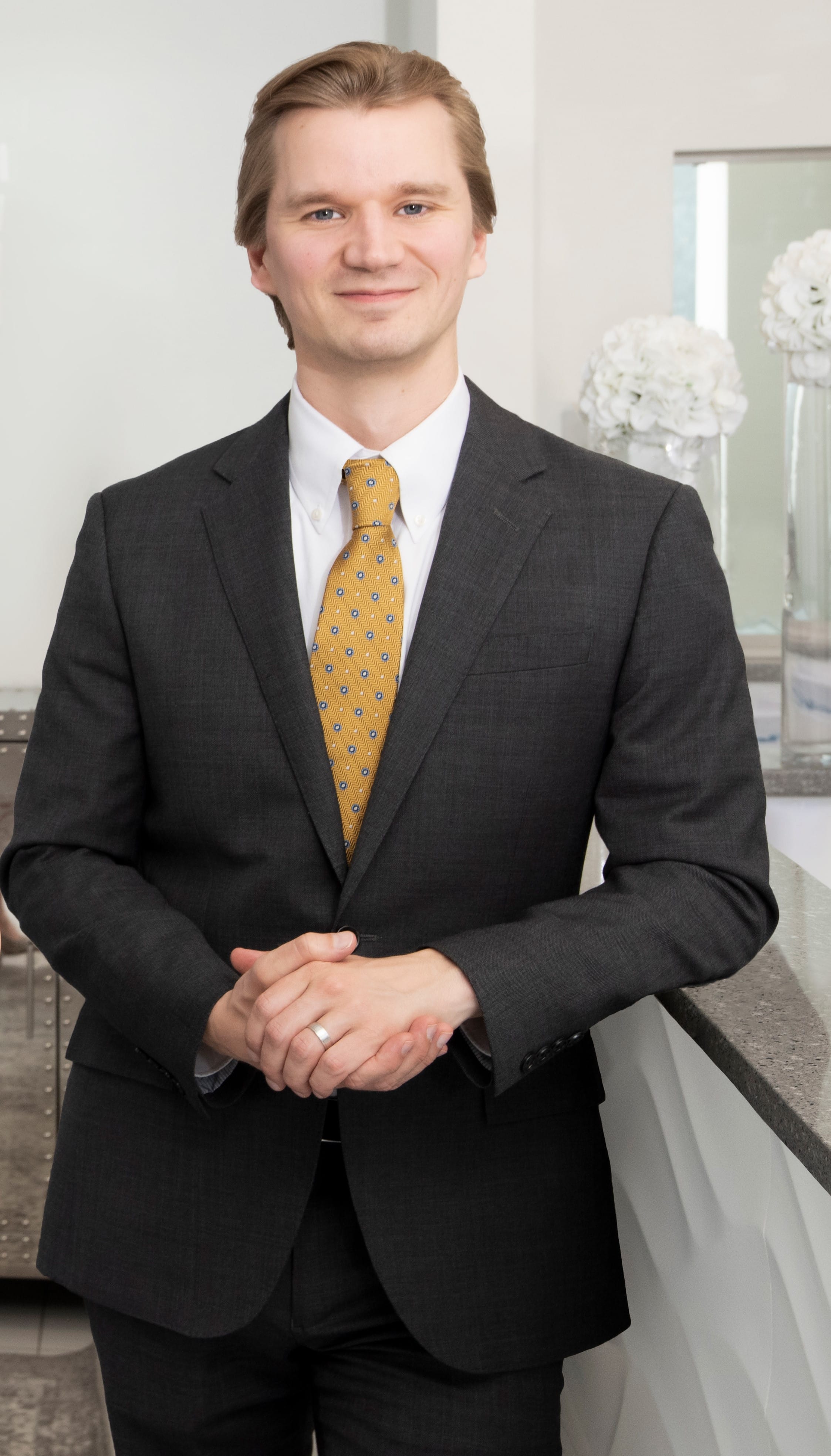Jul 28, 2023

Whether you’re looking for a more youthful appearance or you simply want to improve your contouring, there are many different facial fillers on the market. Here, you’ll learn about the differences between them so you can make better, more informed decisions.
Radiesse
Radiesse is an injectable form of calcium hydroxyapatite, which is a naturally-occurring mineral suspended in a water-based gel. Instead of simply smoothing out fine lines and wrinkles, Radiesse stimulates your body to regrow collagen around the injection site, which can provide you with results that last as long as three years. Because it comes in different sizes, patients can choose the right size to provide them with the fill they need. In fact, Dr. Spiegel was one of the first physicians in the Boston area to offer this unique treatment.
Sculptra
Sculptra is an injectable form of poly-L-lactic acid, which can help fill in areas where fat has been lost. Like Radiesse, Sculptra can also help the body regrow its own collagen. Sculptra can help restore plumpness to the face, but it is also popular for treating acne scars, for correcting small facial deformities, and to highlight the cheekbones. Radiesse treatments are gradual, and some patients require several before they see the optimal results. Once those results are achieved, most patients continue to see those results for about two years.
Juvederm
Juvederm is perhaps the most well-known of all the injectable facial fillers, and its main ingredient is hyaluronic acid. Patients claim that Juvederm is smoother than other gels, which makes it optimal for use in areas such as the lips, but it can also be used to fill in marionette lines and nasolabial folds. It is available in Juvederm Ultra, which lasts up to eight months, and Juvederm Ultra Plus, which lasts as long as 12 months.
Restylane and Perlane
Restylane and Perlane are also forms of hyaluronic acid that are injected into the dermis to fill in lines and wrinkles. Restylane is very similar to Juvederm, and often lasts about the same amount of time between treatments. Perlane, on the other hand, is a bit denser, so it can be injected deeper into the skin to provide longer-lasting, more natural-looking results. Perlane treatments may last as long as a year without requiring a touch-up. Restylane and Perlane both contain lidocaine, which makes the treatment process more comfortable.
Choosing the Best Product
Choosing the right facial filler may seem like a daunting task, but because each offers its own unique consistency and set of benefits, it’s important to make the right decision. Fortunately, your plastic surgeon can help you determine which option is best for your unique needs depending on the look you want to achieve. All of the options listed here are FDA-approved, and most patients report no adverse side effects aside from some swelling and bruising for the first day or two after the procedure.
Understanding the differences between facial fillers can help you make better choices about your treatment. Talk to your plastic surgeon today to find out how Sculptra, Juvederm, Restylane, Perlane, or Radiesse can help you achieve the youthful look you want without the need for surgery.





